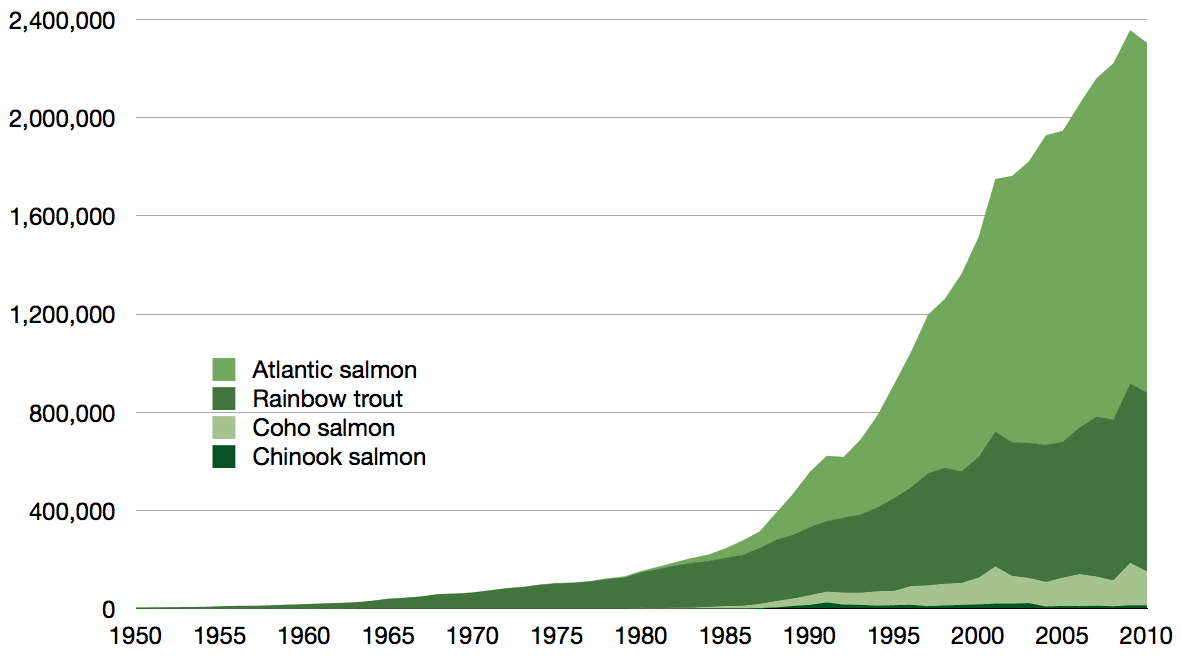https://www.mayoclinicproceedings.org/article/S0025-6196(20)30985-X/fulltext
“
Results
A total of 40 studies with a combined 135,267 participants were included. Supplementation was associated with reduced risk of MI (relative risk [RR], 0.87; 95% CI, 0.80 to 0.96), high certainty number needed to treat (NNT) of 272; CHD events (RR, 0.90; 95% CI, 0.84 to 0.97), high certainty NNT of 192; fatal MI (RR, 0.65; 95% CI, 0.46 to 0.91]), moderate certainty NNT = 128; and CHD mortality (RR, 0.91; 95% CI, 0.85 to 0.98), low certainty NNT = 431, but not CVD events (RR, 0.95; 95% CI, 0.90 to 1.00). The effect is dose dependent for CVD events and MI.
Conclusion
Cardiovascular disease remains the leading cause of death worldwide. Supplementation with EPA and DHA is an effective lifestyle strategy for CVD prevention, and the protective effect probably increases with dosage.”
“
Results
A total of 40 studies with a combined 135,267 participants were included. Supplementation was associated with reduced risk of MI (relative risk [RR], 0.87; 95% CI, 0.80 to 0.96), high certainty number needed to treat (NNT) of 272; CHD events (RR, 0.90; 95% CI, 0.84 to 0.97), high certainty NNT of 192; fatal MI (RR, 0.65; 95% CI, 0.46 to 0.91]), moderate certainty NNT = 128; and CHD mortality (RR, 0.91; 95% CI, 0.85 to 0.98), low certainty NNT = 431, but not CVD events (RR, 0.95; 95% CI, 0.90 to 1.00). The effect is dose dependent for CVD events and MI.
Conclusion
Cardiovascular disease remains the leading cause of death worldwide. Supplementation with EPA and DHA is an effective lifestyle strategy for CVD prevention, and the protective effect probably increases with dosage.”


